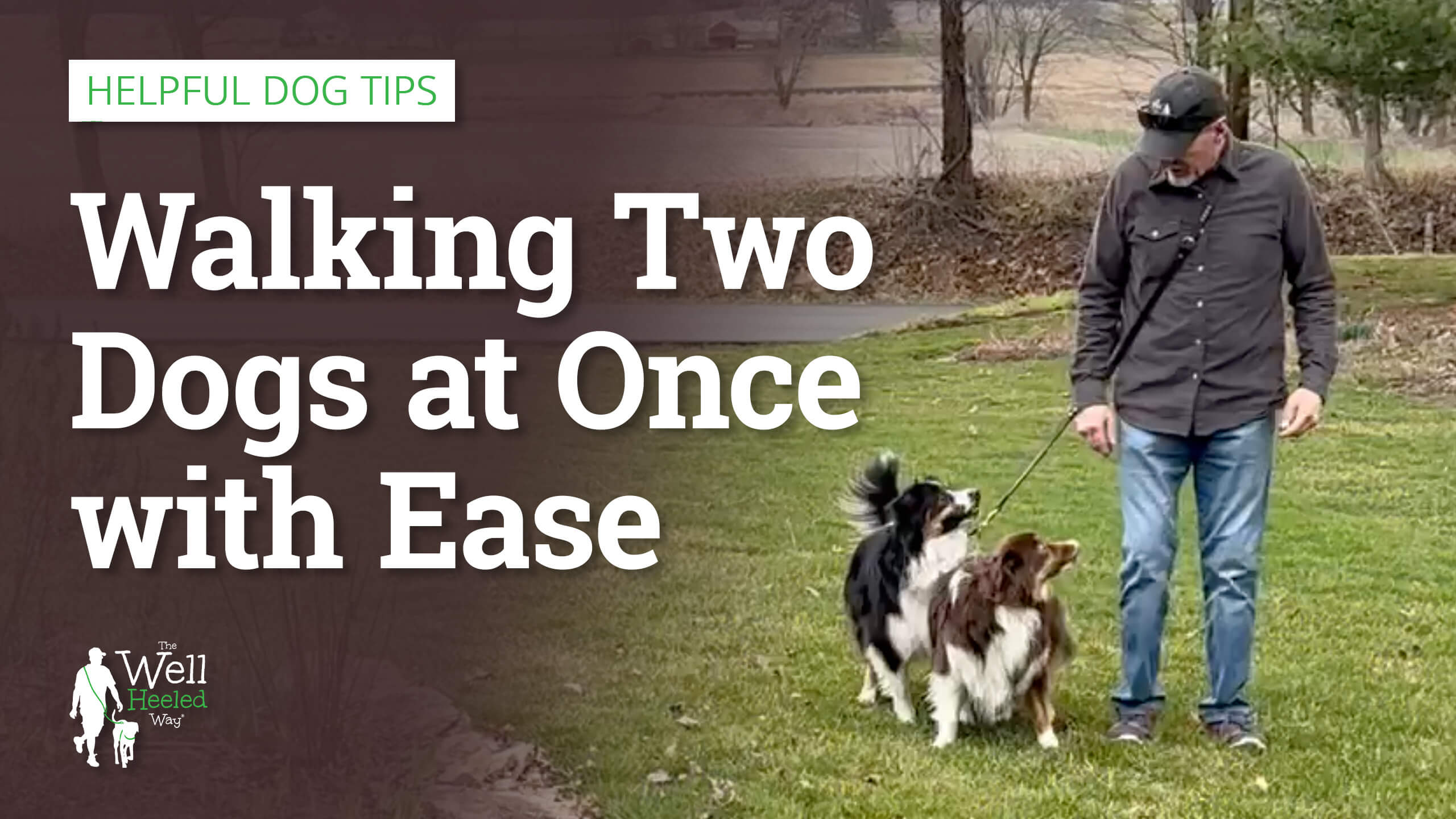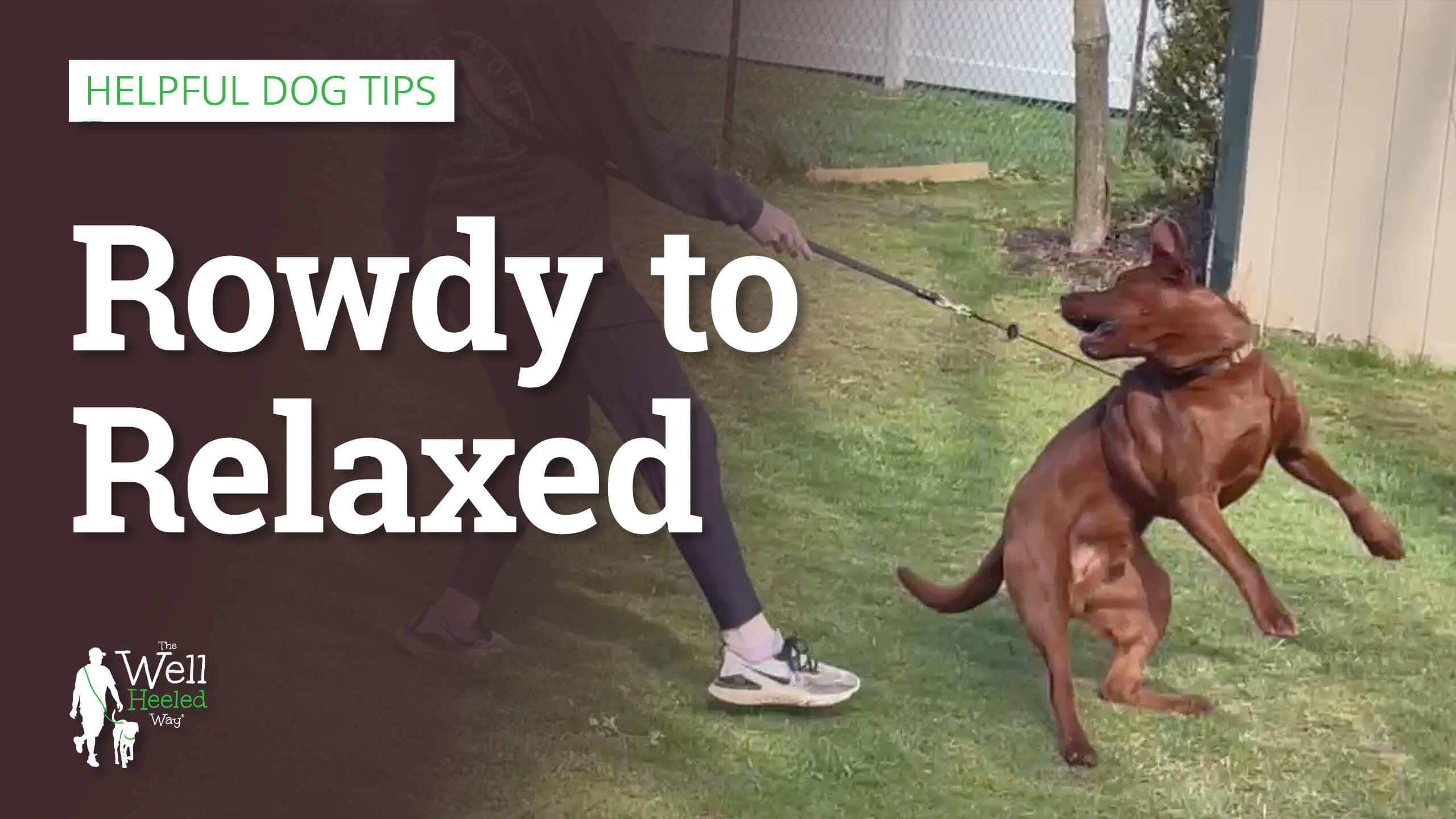Training your dog to have a respectful & strong food drive is a foundational behavior EVERY dog owner should master.
The benefits of having a dog with respect around food and a high-food drive are many, but the primary topics include:
- Trust that your dog is safe around children (who often offer food to animals)
- Easily indicate when your dog isn't feeling well and address the issue immediately with your vet when you notice them being hesitant to eat.
- Rest assured that your dog will remain well nourished when they need to visit a boarding facility or an overnight stay at the animal hospital.
- Using food is one of the easiest methods of positive reinforcement during dog training.
- Have an eater (not a grazer) dog that will finish his food in 5 minutes and raise your leadership status.
FIRST – ESTABLISH A STRONG FOOD DRIVE
If your dog does not yet have a strong food drive, we strongly recommend that you first accomplish this task. In the first Core Discipline of TWHW Dog Training Method, we teach dog owners that allowing your dog to be a grazer (have food available all day long) has a negative impact on your relationship with your dog.
NEXT – TEACH RESPECT AROUND FOOD
Today we are working with Remi, a 6-year-old silver lab. Remi has a strong food drive which is great for training purposes and also useful for raising your leadership position with your dog. The challenging part of a high food drive, especially in an older dog with well-established behaviors, is discouraging harsh behaviors around food and encouraging your dog’s patience. Ultimately you want your dog to RECEIVE food respectfully, NOT TAKE IT.
In order to utilize your dog’s food drive to your benefit, you must first begin with extinction training. That is, training your dog with the goal of unwanted behaviors becoming “extinct”. This training addresses the behaviors that your dog naturally uses to get her food — pawing, licking, mouthing, or nipping. Your goal is to get rid of these behaviors and create respect around food.
So how do you accomplish this? As with any behavior you want to teach your dog, the answer is practice, patience, and repetition! Using small bits of food tucked within your hand, let your dog begin her normal behavior of trying to get it from you. Your goal is to recognize when your dog eases off any undesirable behaviors and waits for you to release. When you see that, immediately reward and reinforce. Continue to do this, then go one step further by adding a command (say “easy”) and a reinforcing touch (rub her head) before you reward.


